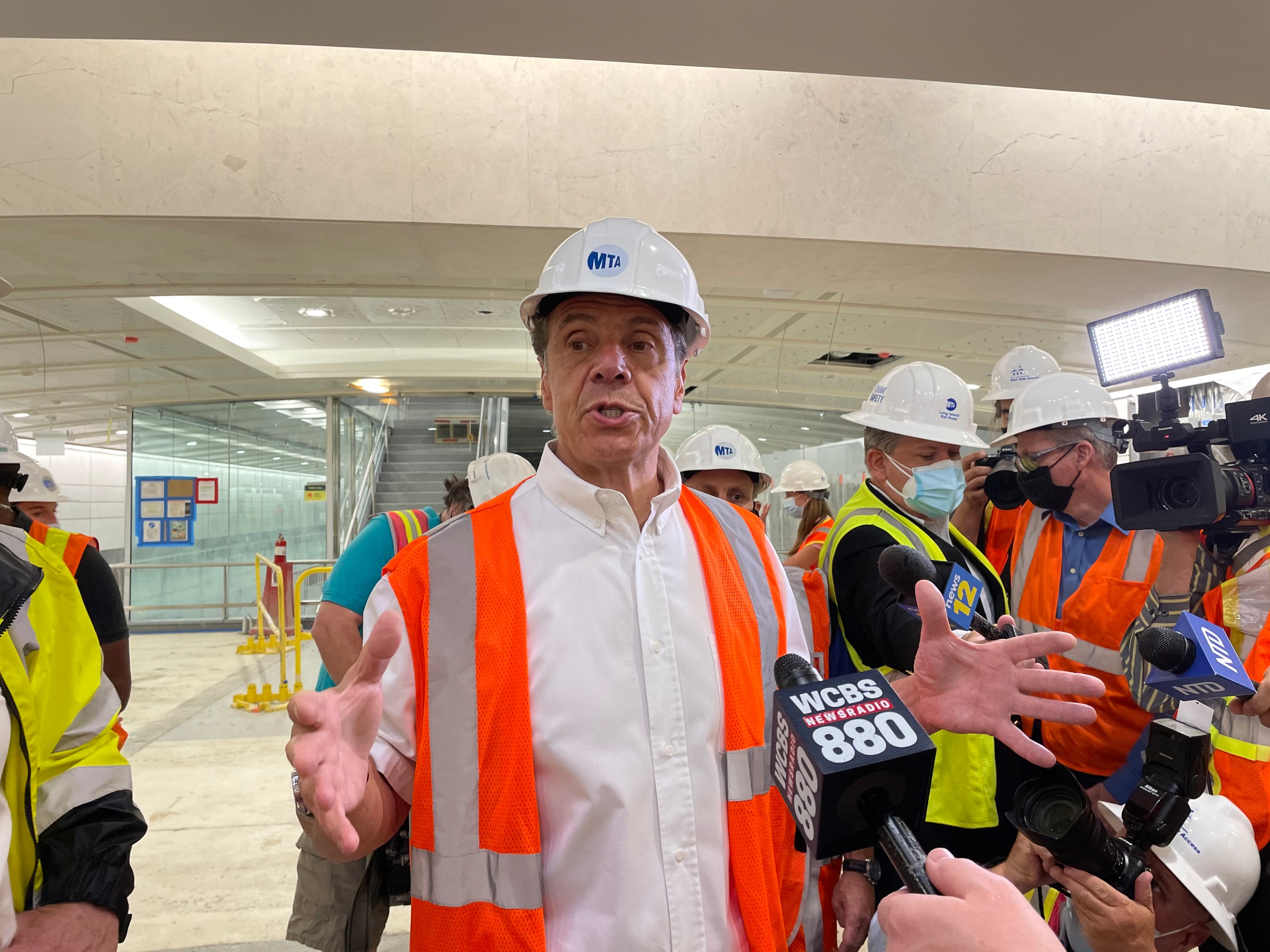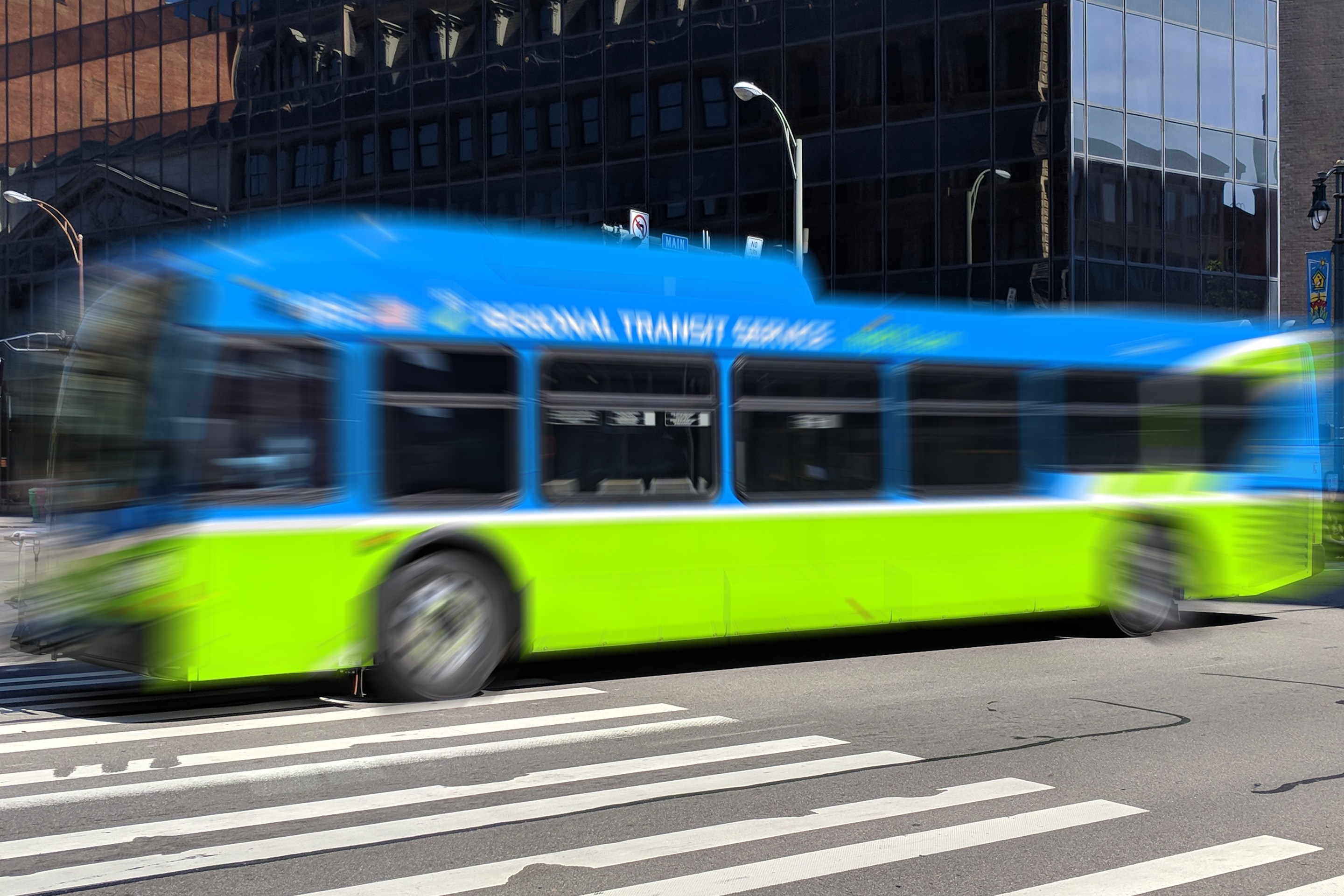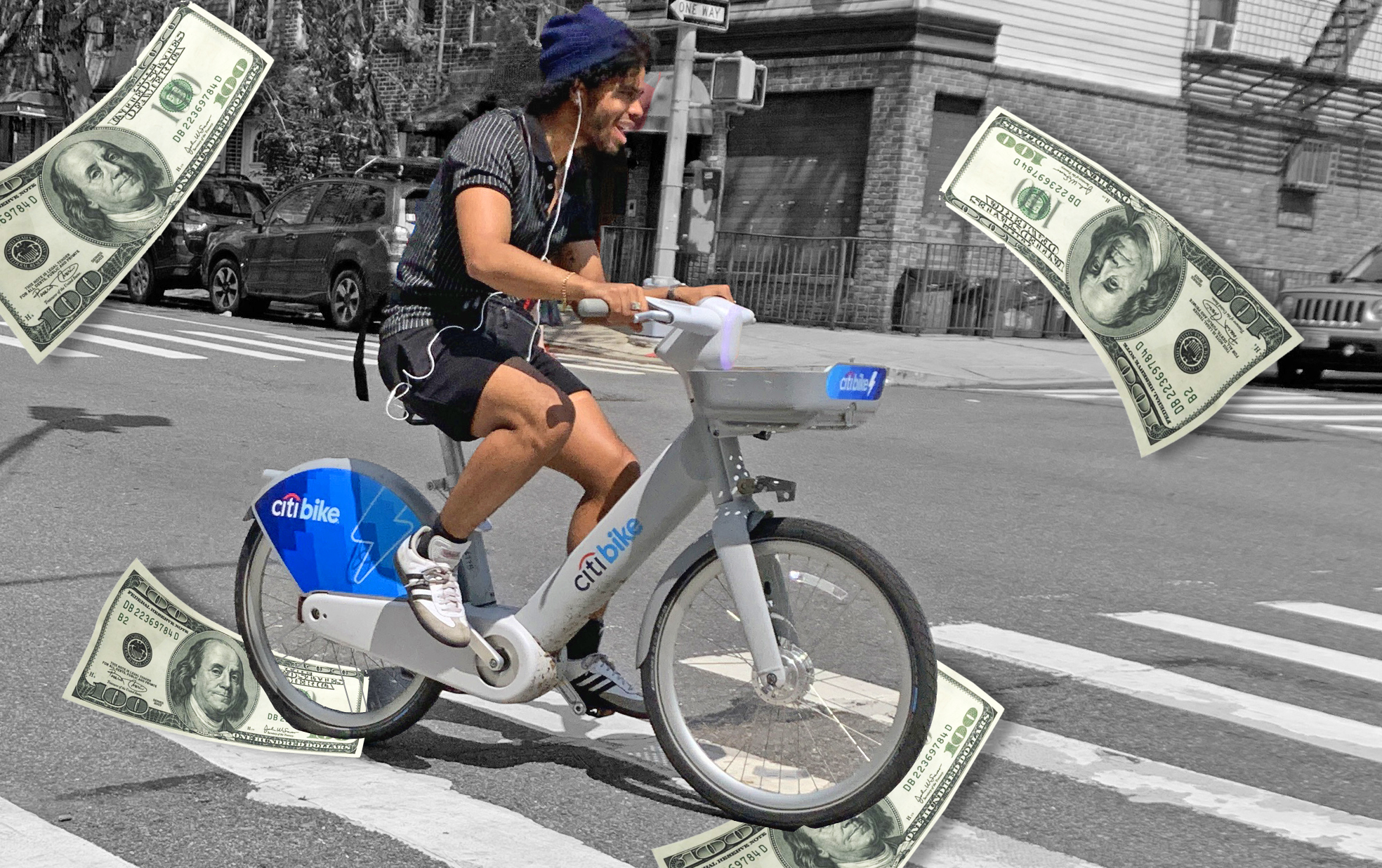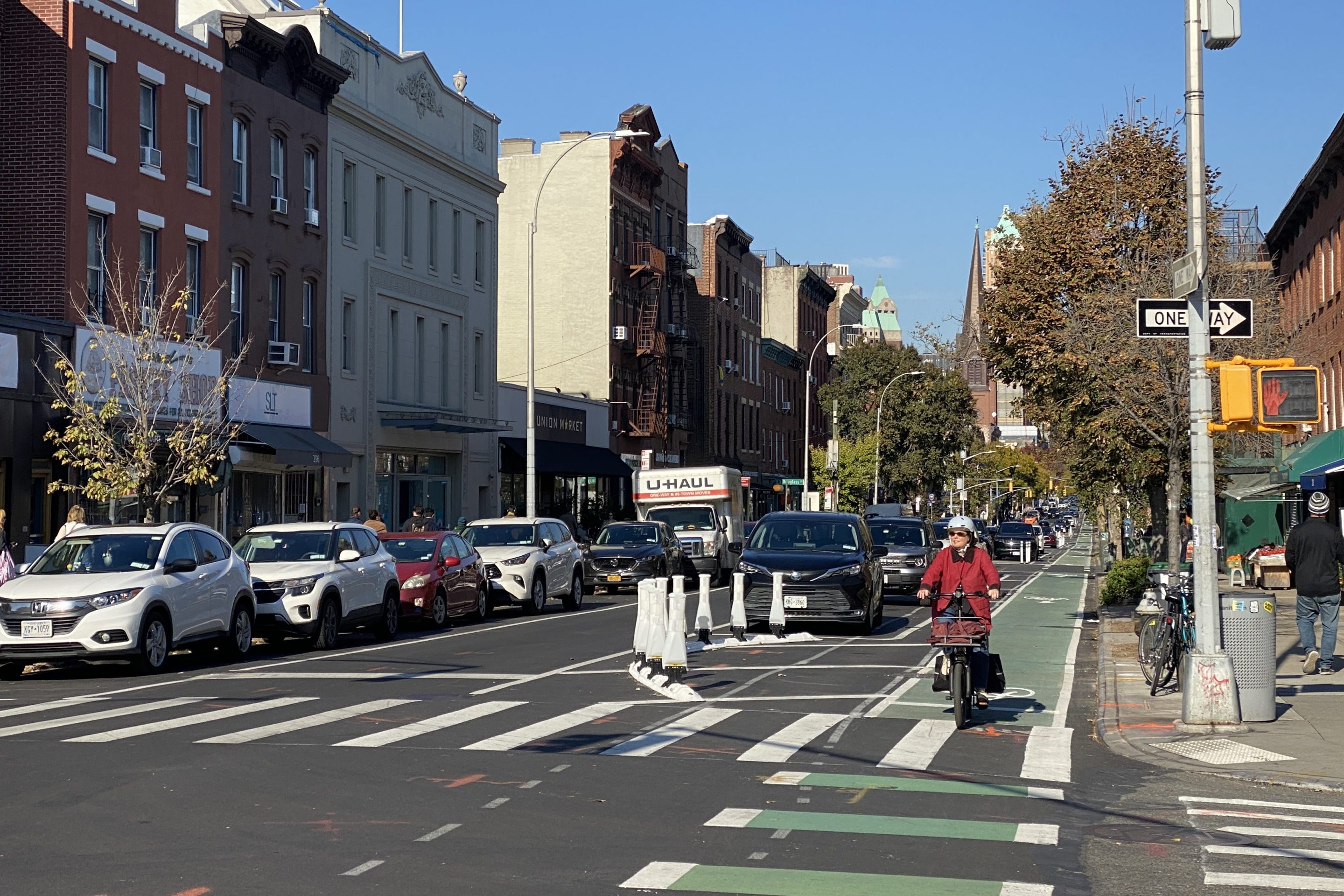It's a Gateway to confusion.
Just as the federal government finally approved the environmental impact statement for the multi-billion-dollar construction of two new cross-Hudson train tubes followed by the rehab of the existing century-old tubes, Gov. Cuomo suggested last week that he won't pay New York's share of the project. Not to worry though, said representatives for Amtrak and the Gateway development team itself, Cuomo's threat to tank the project just shows he cares.
At a press conference on Thursday, Cuomo said that Amtrak has already benefitted so much from the work New York did on Moynihan Station and on a key rail junction in the Sunnyside train yards that New York State shouldn't have to pay 25 percent of the $13-billion Gateway project. The funding agreement for the plan, which was agreed to by all parties, was designed to have the federal government cover half of the project, with the Empire and Garden states splitting the rest.
"All those renovations at Harold Interlocking, you know who that helped? Amtrak," Cuomo said. "You know who paid? We did. Now who owns Amtrak? The federal government. And I'm telling Amtrak today, and I'm telling our federal officials today: we expect a fair deal from the federal government and Amtrak. Don't expect New Yorkers to have fixed Harold Interlocking, pay for Moynihan, invest heavily in rebuilding Penn [Station], which is owned by Amtrak, and build [Penn South] without them actually stepping up and fulfilling what has been their delinquent role in New York."
Cuomo also suggested that New York would not chip in for the just-approved plan to build new tunnels under the Hudson and then shut down one existing tube at a time for repairs because it was a "stupid" way of doing things.
"My advice to the feds: I'm not going to spend New Yorkers' money in a way that is not the most cost-effective, cost-efficient way. ... I'm not gonna pay unless it is a smart, efficient, effective process, period. And if the federal government wants to do stupid, they can do stupid with their money. But we're not going to do stupid with our money," the governor said.
Thursday's comments were were another recent salvo in a tiff over the direction of the Gateway project, which seeks to repair damage from Hurricane Sandy. Previously, the governor spent the last few years fighting the Trump administration to advance and fund the project, but Cuomo made a sudden turn in late 2020 and demanded that Amtrak fix the two existing tubes inside the century-old tunnel in a similar fashion to the repairs the MTA used for the L-train tunnel. The governor specifically pointed to a report from consultants London Bridge Associates, which said that the tunnels could remain in service even while undergoing repairs.
That push went over like a turd in a punch bowl with New Jersey Sens. Bob Menendez and Cory Booker, New Jersey Gov. Phil Murphy and the leadership of New Jersey Transit and Amtrak because Gateway supporters feared that the suggestion the trains could run through the tubes during repairs may blow up the political will for the project and even require another environmental impact statement.
Cuomo's repair-in-place proposal was looked at in the NJ Transit- and Port Authority-authored EIS. But the Cuomo plan — racking cables the same way the MTA did inside the L train's Canarsie Tube so that the tunnels would not have to be completely closed during the repairs — was deemed infeasible because of the differences between the Hudson and East River tunnels. The EIS also determined that there wasn't enough service redundancy in case something went wrong in one tunnel while the other was closed for repairs, meaning that an unforeseen disaster could cripple service all along the Northeast Corridor.
Even though Cuomo seemed to be threatening to pull New York's funding from the project if his desired fix wasn't adopted, New York's representative on the Gateway Project said such threats are good, actually.
"There's a reason why Andrew Cuomo is the greatest infrastructure governor in the country perhaps, in the last 75 years," said Gateway Program Development Chairman Steven Cohen, who also serves as the project's New York trustee. "It's because he's blunt, he's direct. He wants to get things done, and he wants to do them efficiently. He wants to embrace new technologies and new techniques, and he doesn't believe that the process of building is a static process where you are beholden and embedded in a design that may be stuck in time and couldn't be improved."
Gateway Program Development Corporation Vice Chairman Anthony Coscia (who is also Amtrak's chairman) said the federal rail operator was still focused on the existing plan: new tunnels before fixing the old tunnel.
"The analysis ... did examine a number of different options," said Coscia. "We believe ... the strongest option is to build a new tunnel. Once the new tunnels are built, there are two tubes in existing tunnel, one of them can be taken out of service at a time which would leave us with a three-tube capacity between New York and New Jersey, which is a very robust capacity and doesn't require taking the risk of putting tons of commuters every day at risk that an overnight construction project won't be able to happen. Because of all of the pushing that was done by all the parties, we came up with the best possible option, which is how this project will proceed. So there are very strong facts that support the position that we've taken, and in fact those facts were arrived at, because of all the pushing the topic, because of all the debate that's taking place."
Cohen immediately threw his deputy under the bus.
"I wouldn't be properly serving in the role I'm supposed to serve as an appointee by the Cuomo administration if I didn't highlight one point: If there is a way to do this project that does not put the morning commute at risk, and to do it simultaneously and save the kind of time and therefore money that would be say, 'Of course we're going to do it that way,'" Cohen said.
Outside supporters of the project said that it was time for things to get moving, especially as federal support has finally come through.
"This is not the time to slow down our progress with more studies and tinkering on the margins," said Felicia Park-Rogers, the director of Regional Infrastructure Projects for the Tri-State Transportation Campaign. "We have a good plan to dramatically improve safety and reliability of workers into New York City. We have a transit and rail friendly administration in Washington. Now is the time to move forward with what we know needs to be done to repair these tunnels correctly. ... It’s in the best interests of New York for Gov. Cuomo to move forward quickly and efficiently with this urgently needed project. We can do this."
Cuomo's threat, or possible extremely public highwire negotiation tactic, is just the latest snafu for Gateway, the effort to build a capacity and redundancy-boosting rail tunnel underneath the Hudson River in order to provide better service for Amtrak and New Jersey Transit's pre-pandemic 200,000 daily riders. The project, which is the latest version of a decades-long attempt to increase capacity across the Hudson River, is on its third presidential administration at this point. Then-New Jersey Gov. Chris Christie — who once thought he would be president — killed an earlier version of it as a nod to the anti-Obama Tea Party. The Trump Administration held the project up during its four years in charge, but President Biden was a champion of Gateway even before he started living at the White House.
Representatives for Gov. Cuomo's office did not respond to a request for further clarification on his Gateway funding stance.






